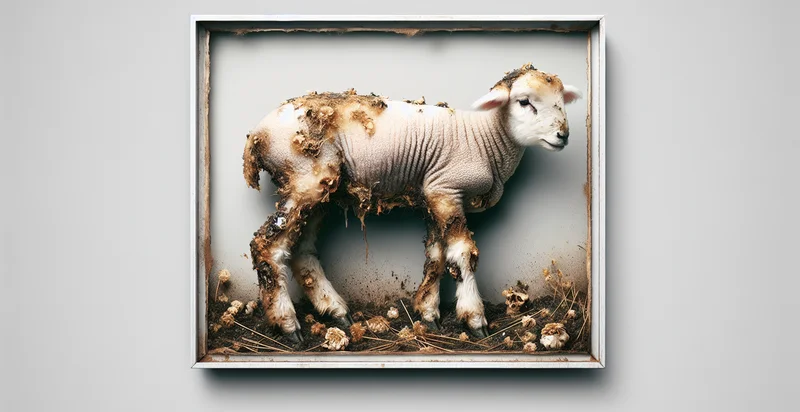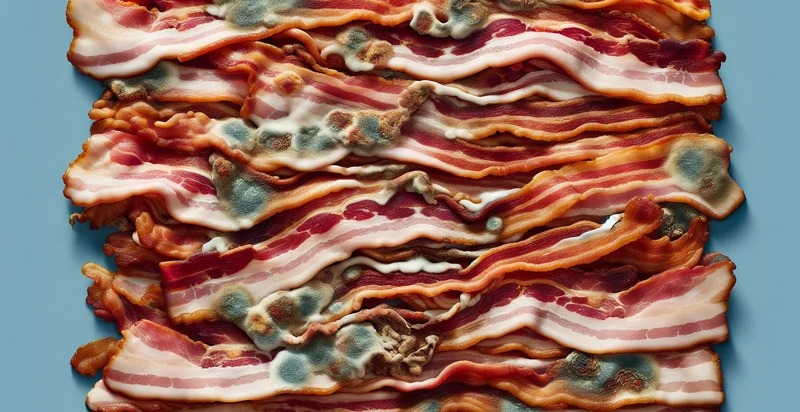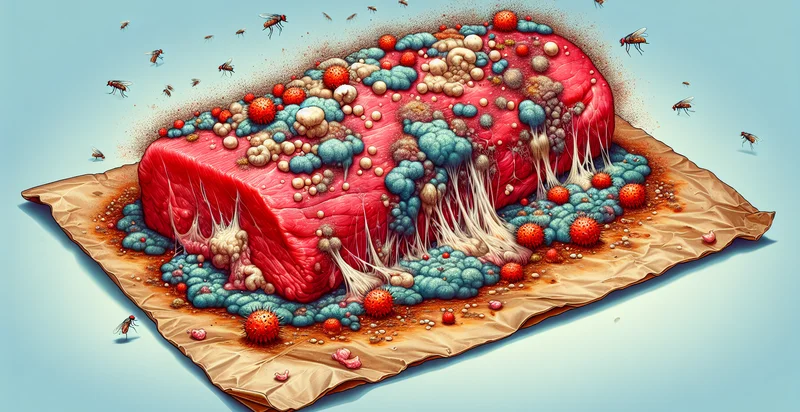Identify if lamb is rotten
using AI
Below is a free classifier to identify if lamb is rotten. Just upload your image, and our AI will predict if lamb is rotten - in just seconds.

Contact us for API access
Or, use Nyckel to build highly-accurate custom classifiers in just minutes. No PhD required.
Get started
import nyckel
credentials = nyckel.Credentials("YOUR_CLIENT_ID", "YOUR_CLIENT_SECRET")
nyckel.invoke("if-lamb-is-rotten", "your_image_url", credentials)
fetch('https://www.nyckel.com/v1/functions/if-lamb-is-rotten/invoke', {
method: 'POST',
headers: {
'Authorization': 'Bearer ' + 'YOUR_BEARER_TOKEN',
'Content-Type': 'application/json',
},
body: JSON.stringify(
{"data": "your_image_url"}
)
})
.then(response => response.json())
.then(data => console.log(data));
curl -X POST \
-H "Content-Type: application/json" \
-H "Authorization: Bearer YOUR_BEARER_TOKEN" \
-d '{"data": "your_image_url"}' \
https://www.nyckel.com/v1/functions/if-lamb-is-rotten/invoke
How this classifier works
To start, upload your image. Our AI tool will then predict if lamb is rotten.
This pretrained image model uses a Nyckel-created dataset and has 2 labels, including Lamb Is Good and Lamb Is Rotten.
We'll also show a confidence score (the higher the number, the more confident the AI model is around if lamb is rotten).
Whether you're just curious or building if lamb is rotten detection into your application, we hope our classifier proves helpful.
Related Classifiers
Need to identify if lamb is rotten at scale?
Get API or Zapier access to this classifier for free. It's perfect for:
- Food Safety Inspection: This function can be integrated into food safety inspection systems to automatically assess the freshness of lamb before it is sold in grocery stores and restaurants. It ensures compliance with health regulations and minimizes the risk of foodborne illnesses.
- Quality Control in Meat Processing: Processing plants can use the rotten lamb identifier in their quality control systems to evaluate meat products in real-time. This helps to maintain high standards, reduce waste, and improve overall product quality by preventing spoiled meat from being packaged.
- Supply Chain Monitoring: Logistics companies can implement this function in their supply chain monitoring systems to track the condition of lamb during transportation. By identifying spoiled products early, they can optimize routes and reduce losses due to spoilage.
- Inventory Management for Retailers: Retailers can use this tool to frequently assess the quality of lamb in their inventory. It helps manage stock levels effectively, ensuring that only fresh products are available to customers, thus enhancing customer satisfaction.
- Consumer Apps for Food Safety: A consumer-facing application can integrate this function, allowing users to scan lamb products to check for freshness before purchase. This empowers consumers with information to make safer food choices, promoting public health.
- Catering and Restaurant Services: Catering services can employ this classifier during food preparation to ensure that only fresh lamb is used in dishes. This contributes to higher quality meals and reduces the risk of serving spoiled food to clients.
- Research and Development in Food Technology: Food technology companies can utilize this identifier in the development of new preservation methods for lamb. Understanding spoilage patterns and conditions can lead to innovations that extend shelf life and maintain quality.


